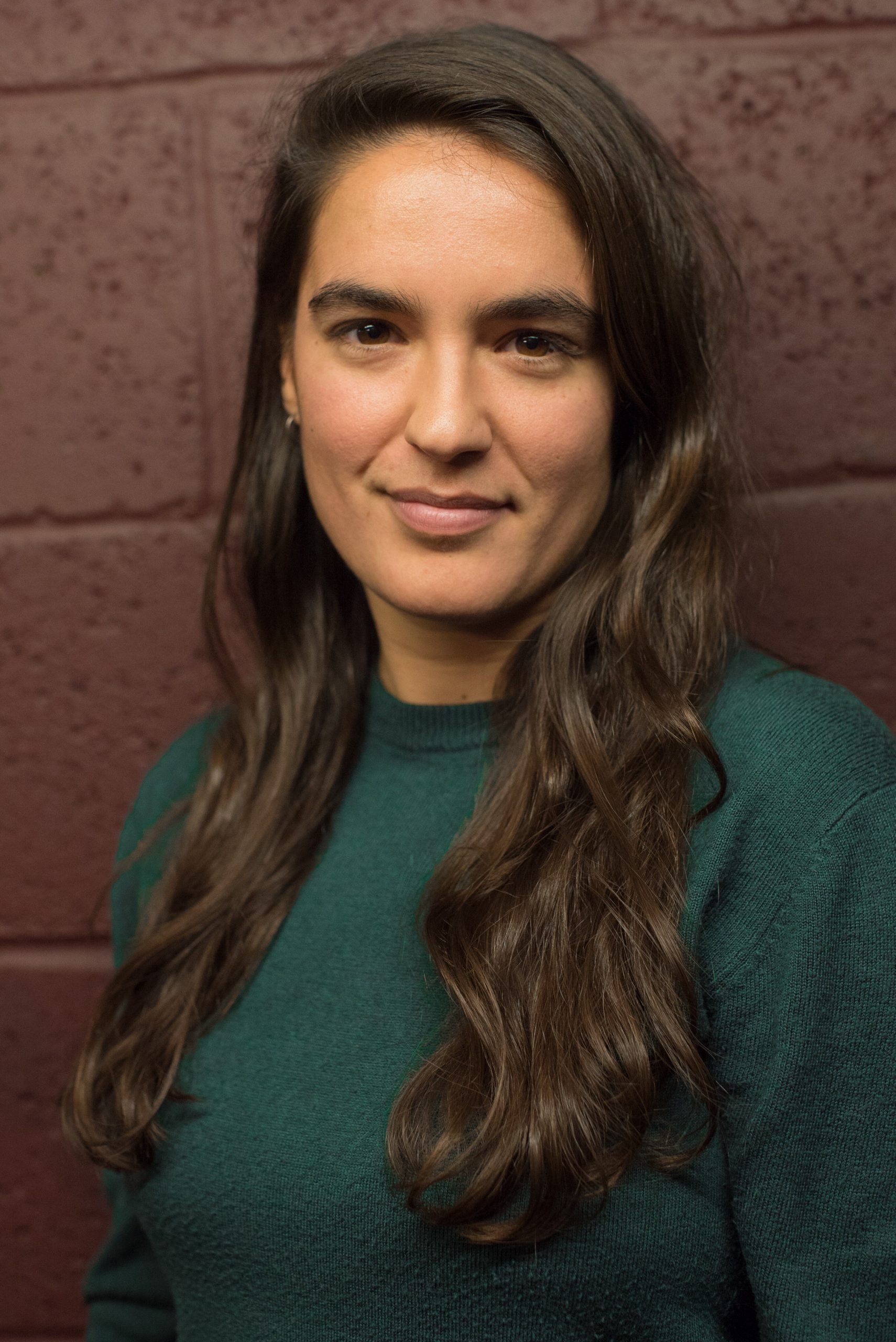
31 Oct SDUK Blog – Sepy Baghaei
An inside-out view of being a director
Sometimes, I think being a director means there’s two versions of me: a director me and a real me.
The director me appears calm, in control, and is always reading the room. She is focused on creating a nurturing environment for actors, as well as being clear and diplomatic with creatives and other team members.
The real me, on the other hand, is massively vulnerable. Sometimes I’ll go home from rehearsal replaying directions I gave, thinking “Gosh, that wasn’t very clear, was it?”, or feeling anxious that perhaps a technical or design element won’t work out the way I envisioned. Or, I’ll suddenly remember that artistic director or producer that I’ve invited to see the show, and think to myself, “Oh god, what if they hate it and realise I’m actually a fraud?”
Then I’ll come back to work the next day, leave my hang-ups at the door, and get on with it. And there’ll be moments of brilliance in the rehearsal room where things just work and I think to myself: “Oh yeah, I do know what I’m doing!” And I remember that I have been working at this for ten years after all, so I can afford to be a little kinder to myself.
A few months ago, I was having a meal with an actor friend who is a bit earlier on in their career. I remember them saying to me: “You seem like you’ve got it all figured out.” That really stayed with me. I laughed it off, part of me flattered and another part of amazed at how I was perceived. I think that being a director inevitably calls for being a bit of a performer too — you have to come in every day 100% switched on and ready for whatever is thrown at you from various departments. “What colour for this jacket?” “Should I exit stage left or right?” “When do you want that sound cue faded out?” And of course, you have to be prepared for those dreaded moments where clashes take place, and suddenly you’re not just the director, but a peacemaker too. Indeed, speaking to a fellow director recently, we agreed that a big part of directing is people management. It’s like being thrown into a new country and needing to learn its language within a week — except, there’s multiple languages. Good luck, best wishes, and off you go!
I trained as an actor before becoming a director, so I guess that comes in handy when I need to turn down the volume on my internal monologue and focus on leading a room. A decade of working my way up from directing on the fringe, to assisting on mainstage work, and now finally directing my own work on the mainstage, has equipped me with the armour I need to lead a room. I say armour, because being a female director of colour comes with its own unique set of challenges. As much as I’d like to say otherwise, I do still sometimes find myself patronised, ignored or spoken over in rooms. But, if I could say one thing to anyone looking at directors from the outside and wondering what it’s really like for us, it’d be this: we’re fallible. We’re figuring things out in the room, too. And just like actors — and indeed any artist — we’re putting ourselves out there on the line, fully aware that to make work is to open yourself up to criticism.
So, to recap: to be a director is to be a performer, a people-manager, a multi-linguist, a leader, a diplomat, a peacemaker, an artist, and a human. No mean feat. But throughout my career as both an actor and director, I’ve observed that the best directors can carry out all of the above and remain kind and generous in the rehearsal room. That’s the kind of working environment I’ll always aspire to create, where everyone is empowered to create their best work. So, perhaps the director me and real me don’t need to be mutually exclusive — both sides together are what keep me grounded.
